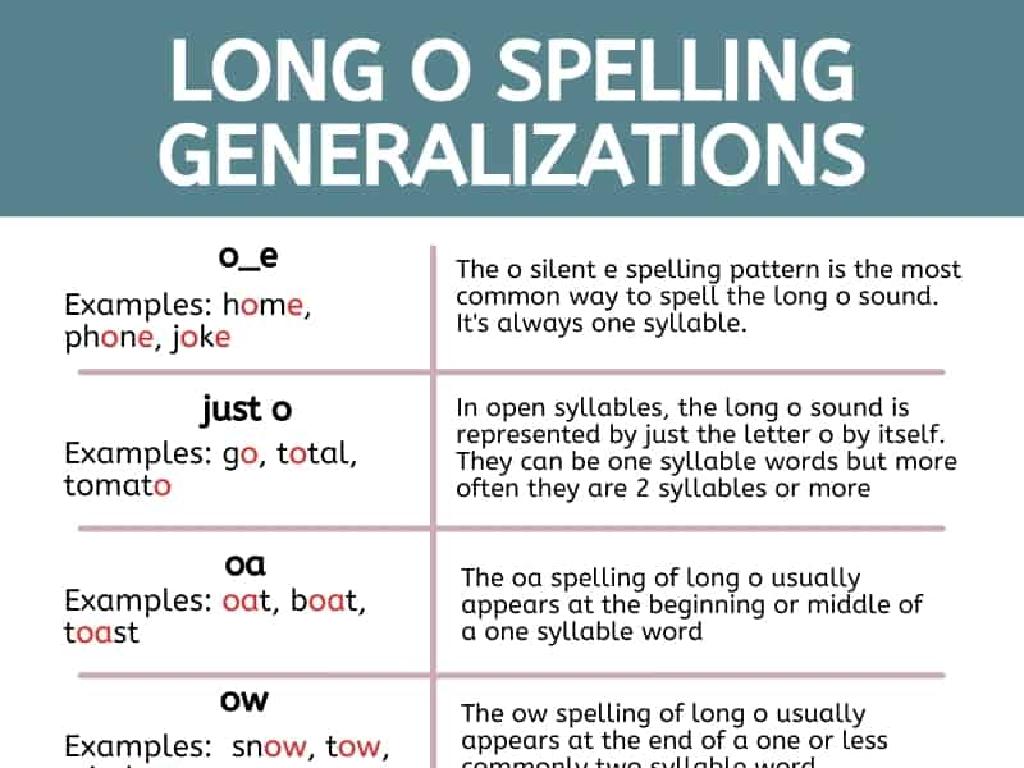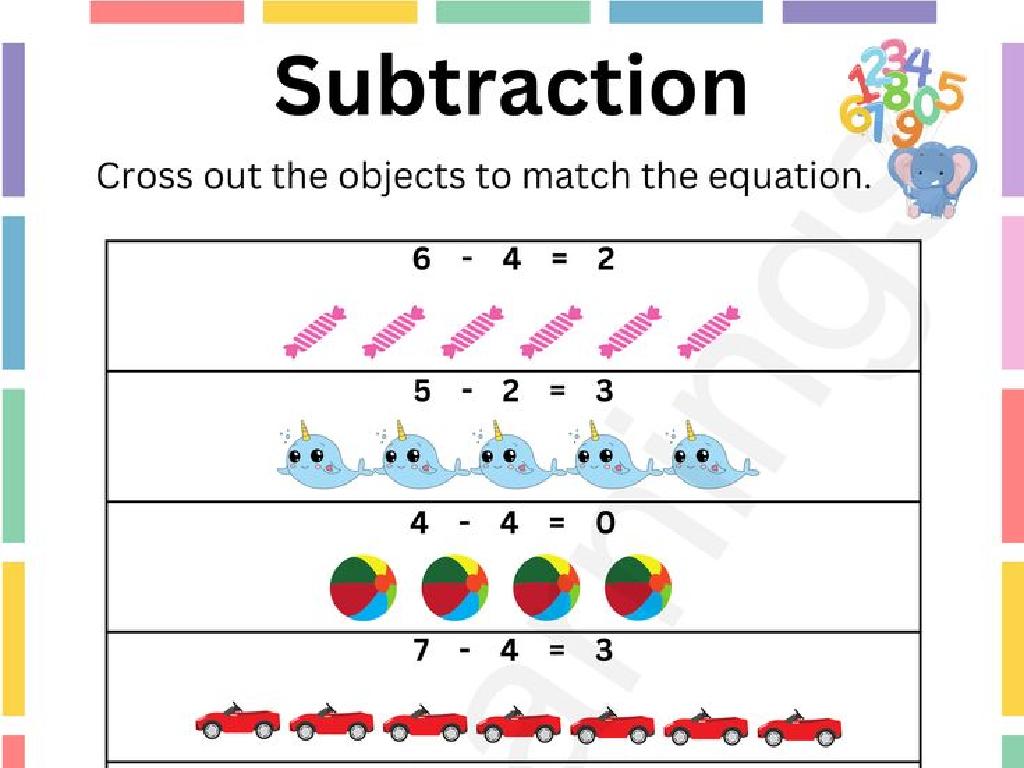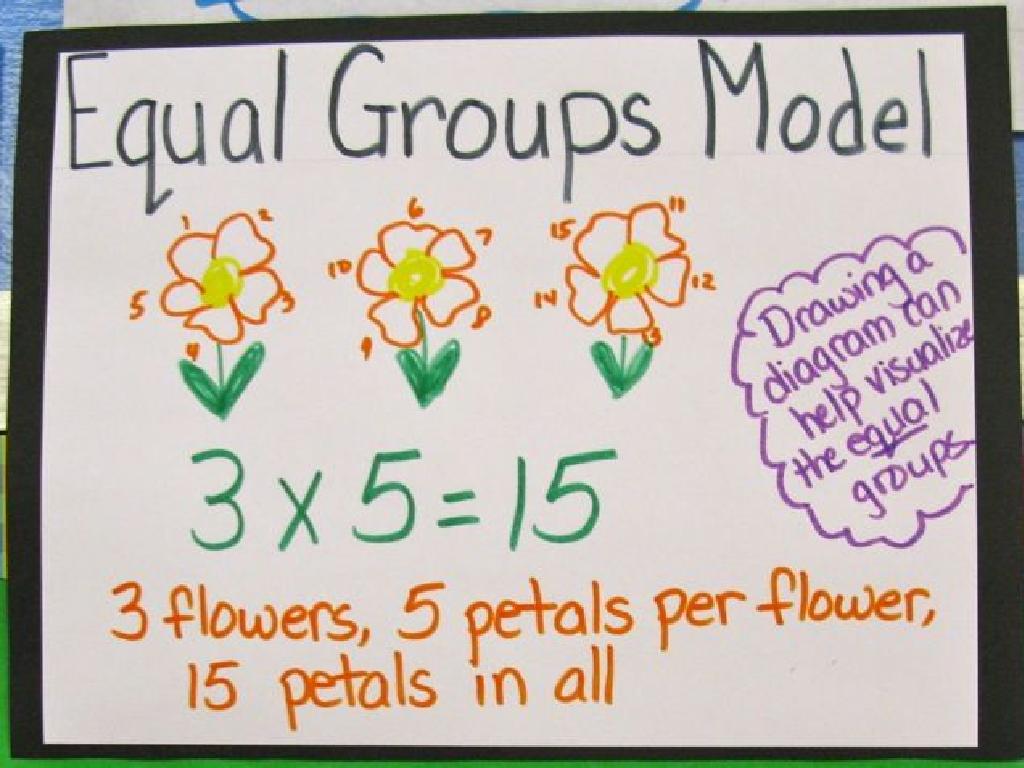Identify American Landmarks And Monuments: Part Ii
Subject: Social studies
Grade: Fourth grade
Topic: American Symbols, Landmarks, And Monuments
Please LOG IN to download the presentation. Access is available to registered users only.
View More Content
Exploring More American Landmarks and Monuments
– Recap of American symbols
– Today’s iconic landmarks
– Discover landmarks like Mount Rushmore & the Liberty Bell
– Significance in history
– Learn how these sites reflect pivotal moments in US history
– Cultural importance
– Understand how landmarks embody American values and identity
|
Begin with a brief review of the previous class to refresh students’ memory on American symbols, landmarks, and monuments. Introduce new landmarks such as Mount Rushmore, the Liberty Bell, and others, explaining their historical context and why they were created. Discuss the significance of these places in American history, such as how Mount Rushmore commemorates four presidents who played crucial roles in shaping the nation. Highlight the cultural importance by discussing how these landmarks are not just tourist spots but symbols of the American spirit and values. Encourage students to think about what these landmarks represent and why they are cherished as national treasures.
The Liberty Bell: An American Symbol
– Located in Philadelphia, PA
– Represents American independence
– A historic icon from the Revolutionary War era
– Famous for its distinctive crack
– The crack is a subject of stories and folklore
– Rich history spanning centuries
– Originally cast in 1752; recast in 1753
|
The Liberty Bell is an iconic symbol of American freedom and independence, housed in Philadelphia, Pennsylvania. It’s important for students to recognize the bell as more than just an artifact; it represents the spirit of liberty that is central to American history. The bell’s famous crack and the story behind it can be a point of interest that engages students. Discuss the bell’s origins, its use to mark important historical events, and its legacy as a symbol of freedom. Encourage students to think about what the bell might have witnessed over the years and how it has become an enduring symbol of the nation’s founding principles.
Exploring Mount Rushmore
– Mount Rushmore’s location
– Situated in South Dakota’s Black Hills
– Presidents on the mountain
– Features George Washington, Thomas Jefferson, Theodore Roosevelt, and Abraham Lincoln
– Significance of the presidents
– Each president was chosen for their role in preserving the Republic and expanding its territory
– Symbol of American history
|
Mount Rushmore is a symbol of American history and democracy, located in the Black Hills of South Dakota. It features the faces of four U.S. presidents: George Washington, Thomas Jefferson, Theodore Roosevelt, and Abraham Lincoln. These presidents were selected for their significant contributions to the United States. Washington represents the birth of the United States, Jefferson the growth, Roosevelt the development, and Lincoln the preservation. This monument is a tribute to these leaders and their enduring legacies. Encourage students to reflect on the reasons these particular presidents were chosen and discuss the impact of their presidencies on the nation’s history.
The Golden Gate Bridge: An American Icon
– Spanning the Golden Gate strait
– A suspension bridge linking two important bodies of water
– Connects Bay and Pacific Ocean
– The bridge joins San Francisco with Marin County
– An engineering marvel
– Recognized for its iconic design and advanced construction
– Vital for commerce
– Facilitates transport and trade in the region
|
The Golden Gate Bridge is not only a symbol of San Francisco but also an embodiment of American ingenuity and determination. As a suspension bridge, it overcomes the challenges of the vast Golden Gate strait to connect the city to the rest of California. Its construction was an engineering feat, showcasing the capabilities of modern architecture and design. The bridge plays a crucial role in the economy by supporting the flow of goods and people. Discuss the bridge’s history, its construction during the Great Depression, and its significance in American culture. Encourage students to think about how such landmarks contribute to both the local economy and the country’s identity.
Ellis Island: America’s Golden Door
– Ellis Island: Immigration Hub
– Over 12 million immigrants passed through Ellis Island.
– Located in New York Harbor
– A small island near the Statue of Liberty.
– Historical role in immigration
– From 1892 to 1954, it was the busiest immigrant inspection station.
– Symbol of American diversity
– Represents the melting pot of cultures in the U.S.
|
Ellis Island is an iconic symbol of America’s rich history of immigration, often referred to as the ‘Golden Door’ to the United States. From 1892 to 1954, it served as the primary entry point for millions seeking a new life in America, making it a significant landmark in the narrative of American diversity and identity. When discussing Ellis Island, emphasize its location within sight of the Statue of Liberty, which reinforces its symbolism as a beacon of hope and opportunity. Encourage students to reflect on the diverse backgrounds that make up the United States and consider the role of immigration in their own family histories.
The White House: America’s Presidential Home
– The White House’s role
– Official residence and workplace of the U.S. President
– Location in Washington, D.C.
– Symbol of U.S. leadership
– Represents democracy and the federal government
– Center of U.S. government
– Where decisions affecting the nation are made
|
The White House is more than just a home; it’s a symbol of the American presidency and a key location for U.S. governance. It’s located at 1600 Pennsylvania Avenue NW in Washington, D.C., and has been the residence of every U.S. President since John Adams in 1800. The building is an important symbol of the President’s leadership and the functioning of the executive branch of the government. In this slide, we’ll discuss its significance as a national monument and its role in the operations of the U.S. government. Encourage students to think about what the White House represents to them and to Americans in general. Discuss the symbolism of the White House in the context of democracy, leadership, and the history of the United States.
Class Activity: Create Your Monument
– Imagine being a landmark artist
– Decide what your landmark represents
– Could represent freedom, courage, or a historical event
– Draw your landmark creation
– Get ready to present its significance
– Think about why your landmark is important to America
|
This activity is designed to engage students’ creativity and understanding of American symbols, landmarks, and monuments. Students will imagine themselves as artists who have been asked to create a new landmark. They should think about what their landmark would represent ideas could include concepts like freedom, unity, or a significant event in American history. After drawing their landmark, students will prepare a brief explanation of its significance to share with the class. For the teacher: Provide drawing materials and encourage students to be creative. Offer guidance on how a landmark can symbolize important values or moments in history. Prepare to facilitate a discussion where students can present their landmarks and discuss the importance of existing American landmarks and monuments.
Reflecting on American Landmarks
– Review landmarks and monuments
– Significance of these sites
– They represent our history and achievements
– Share your monument drawings
– Show your artwork to the class
– Discuss their importance
– Explain what you’ve learned about each place
|
This slide aims to wrap up the lesson by revisiting the landmarks and monuments that were discussed. Encourage students to think about why these places are honored and what they represent in terms of American history and culture. Have students share the drawings they’ve made of the monuments, explaining their significance and what they have learned. This activity will help reinforce their understanding and allow them to express their thoughts on these important American symbols. It’s also a chance for students to practice their presentation skills in a supportive environment. As they share, prompt them to think about the emotions these landmarks evoke and why they might be important to different people.






